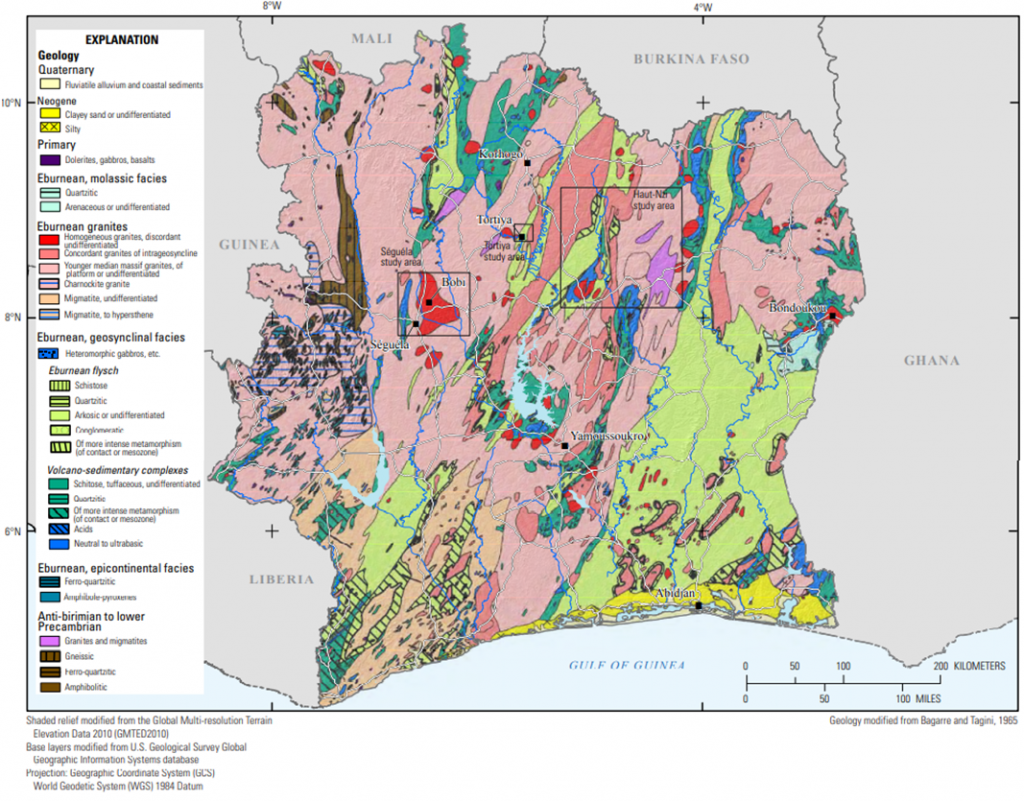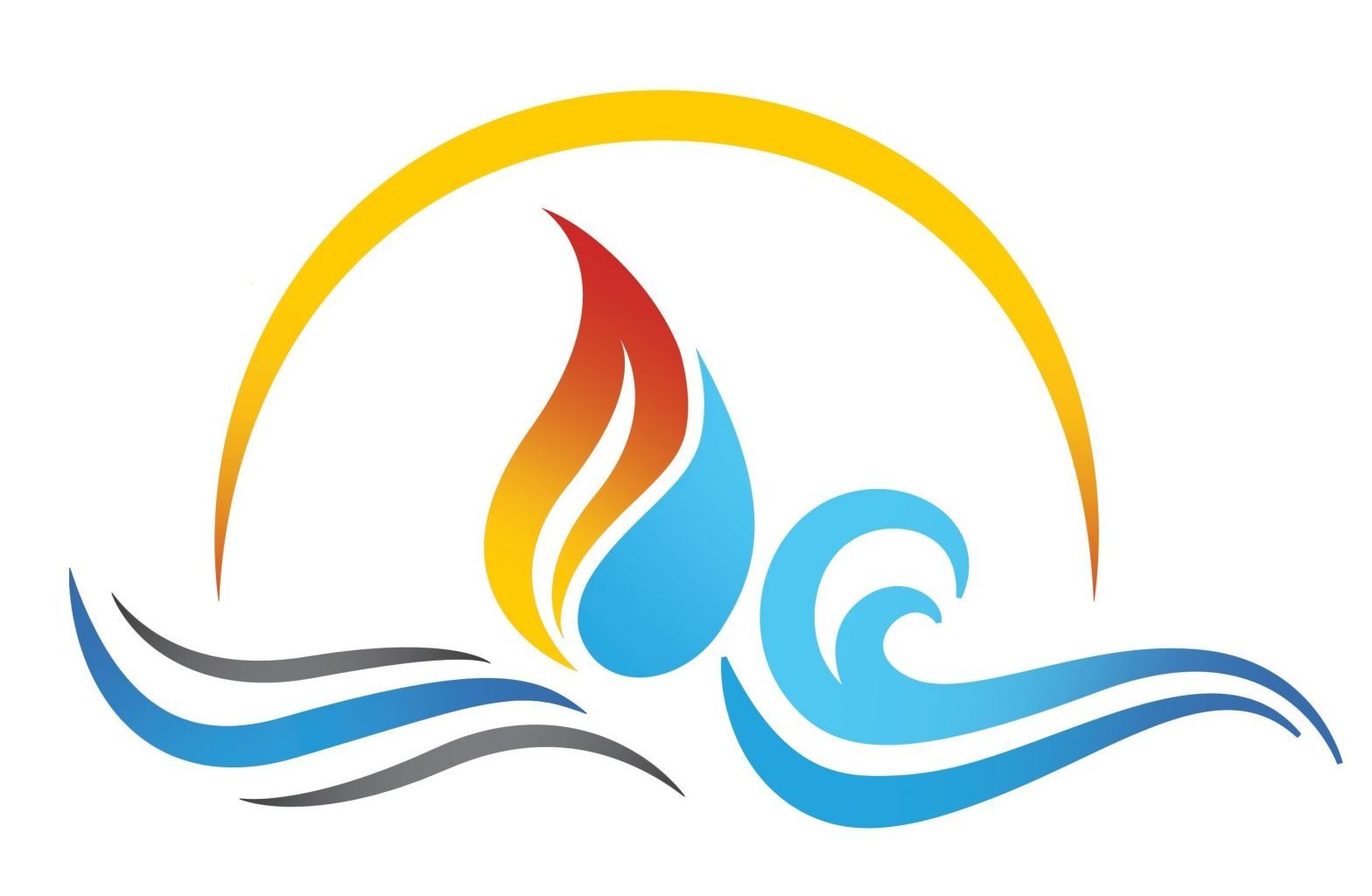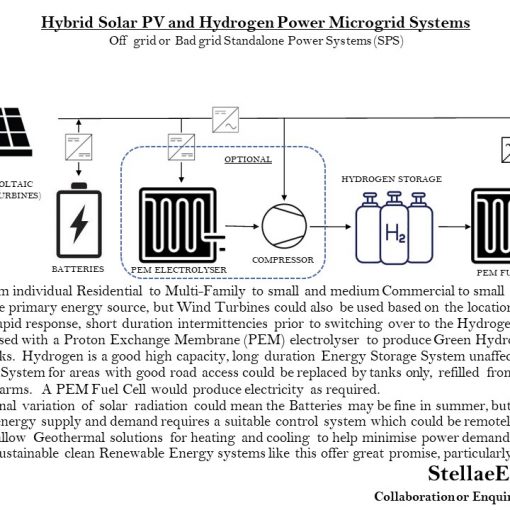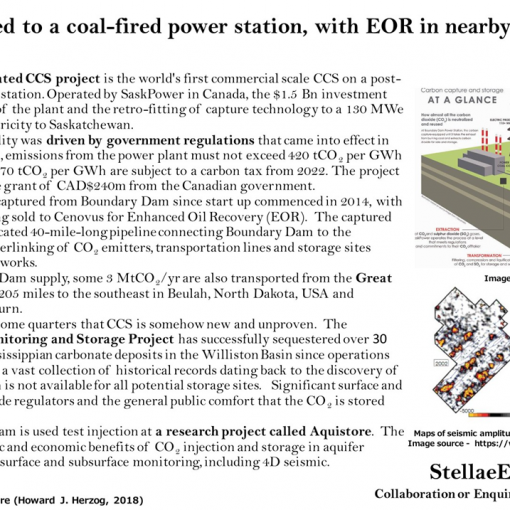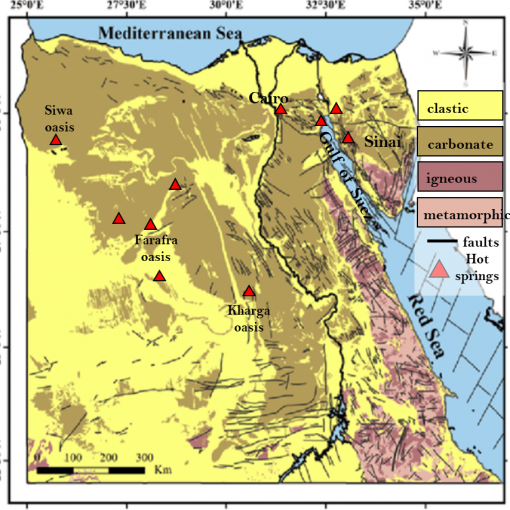A number of countries in African have significant amounts of intrusive rock formations and associated hydrothermal mineralisation ore deposits. (16) Côte d’Ivoire is one such example. The use of Geothermal Energy for electricity would help reduce Energy Poverty, reduce carbon emissions, improve grid stability, and allow more domestic processing of mineral ores to keep more value for the country.
Coming soon: (17) Democratic Republic of Congo (DRC); (18) Egypt; (19) Equatorial Guinea; (20) Gabon; (21) Liberia; (22) Mauritania; (23) Senegal, (24) Sudan, and (25) South Sudan.
Still working on the remaining African countries.
A resilient Energy Mix can make good use of the domestically available, economic, environmentally sustainable, dispatchable baseload of Geothermal Energy.

- Côte d’Ivoire’s (CDI) basement geology is Archean and Lower Proterozoic rocks belonging to the West African Craton. Western CDI has Archean rocks consist mainly of granulitic and migmatitic gneisses and Eburnean granite intrusions bound by Greenstone belts. Central and eastern CDI have Paleoproterozoic rocks consist mainly of subparallel volcanic belts and sedimentary basins;
- Heat pathways in faults and fractures adjacent to these numerous intrusive structures (some with adjacent hydrothermal mineralisation deposits) would allow heat flux closer to the surface for access by geothermal wells;
- Further heat flux density exploration in these areas is necessary to develop opportunities, but the types of geology in CDI have been seen in other successful geothermal locations;
- Clean, environmentally sustainable renewable Geothermal Energy would be possible thanks to modern, low and medium enthalpy Binary ORC power generation solutions. Good geoscience tools are available to help incrementally explore and de-risk the areas of potentially suitable heat energy sources before more expensive drilling is required;
- Very attractive Levelised Cost of Electricity (LCOE) is commercially feasible for some developments to help improve electrification, reduce reliance on carbon fuelled power plants and hydropower plants, reduce energy poverty, and increase grid resilience for CDI. Increased electrical supply will also support domestic conversion of raw materials including gold and other mineral resources to capture more value for CDI.
